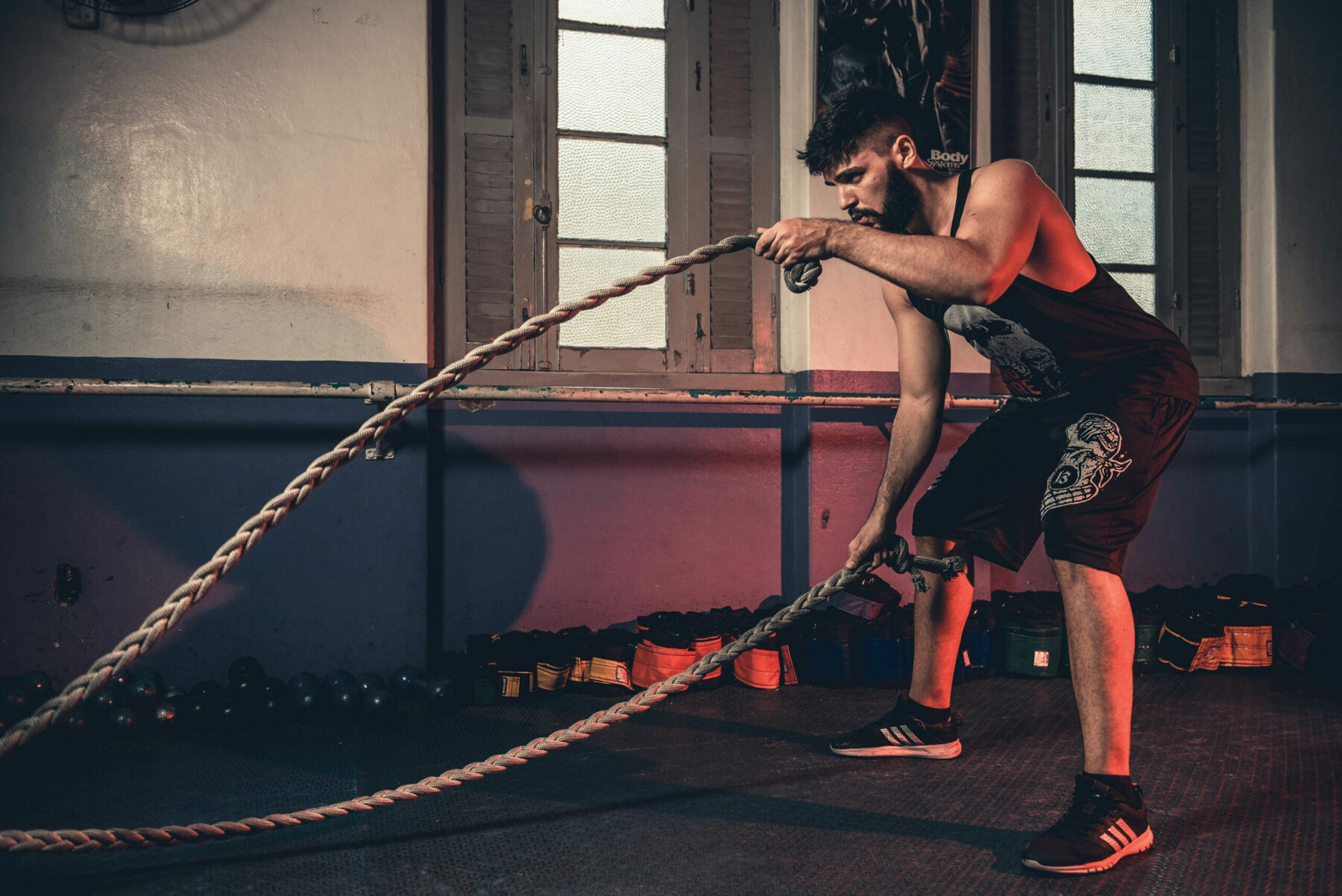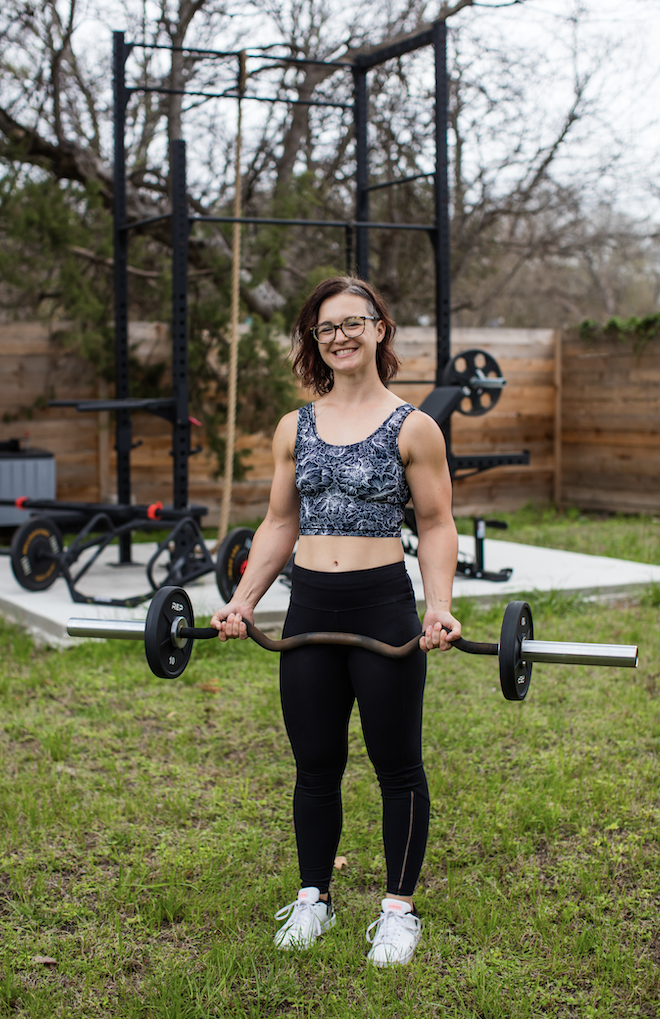How to Practice Mindfulness in Strength Training

Strength training is a pretty straightforward modality — you lift challenging weights while focusing on progressive overload over time to make your body stronger. There is a science to programming and there are a few different approaches you can take, but the basics are the same. If you’re finding yourself in a rut, going through the motions at the gym week after week or getting a little bored with your routine, start focusing on mindfulness as you strength train.
Mindfulness practices are often thought of as an important part of yoga and pilates where you are focusing on connecting with your breath, breathing through the movement and emphasizing your alignment and body patterns. For many, these fluid, lower-impact sessions are where people really focus on mindfulness and think of weight training as hard work without the thoughtfulness of other practices. If you are an avid lifter — be it bodybuilding, powerlifting or general strength training for health and fitness — understanding and using the mind/muscle connection as you strength train will bring more focus and better results to your sessions.
As a trainer, the clients I’ve seen who have intermediate and advanced training in yoga and pilates tend to do better at executing strength training movements, because they’ve been practicing their body awareness and connecting their movement to their breath. When you’re practicing mindfulness, you understand how your posture impacts the movement and how important control is as you move your body. Using these techniques for strength training will get those same results and get you stronger.
For most strength training movements, breathwork is a great place to start connecting with your body and learn how to use your breath to help brace your core and stabilize your trunk muscles. Think about setting your posture for the movement, taking a deep inhale, pulling your belly button back toward your spine to brace your abdominal muscles, and then exhaling on the work, whether it be a push or pull movement. Maintain that breath pattern for your entire set, inhaling on your set up and exhaling on your working movement.

Powerlifters understand the importance of breath for bracing, and a lot can be learned from the breathing patterns and setup before a big squat, deadlift or bench press. These can even be carried over to smaller dumbbells, cable and kettlebell movements. Many heavy lifters close their eyes and take a deep breath before approaching the barbell, visualizing the successful lift before they begin. From there, they approach the bar with confidence, set their grip and posture (weight mid-foot, lats packed down and back, tension taken out of the bar), and take a deep inhale, bracing the abs before the lift. They hold that tension through their core on the primary pull or push, exhaling at the top of the movement. This allows the bracing from your breath to be used for power in the lift, keeping your abdominal and trunk muscles tight and braced throughout your movement, so the lifter doesn’t lose tightness in the back.
That same posture setting and bracing through your breath can and should be carried over to accessory work. It’s easy to rush through your movements, bouncing at the bottom of a dumbbell row, overextending or thrusting your hips on bicep curls, but you’ll get better results (and use the muscles you’re actually trying to work) by mindfully setting up your movement and slowing down your reps. For example, on your dumbbell rows, drop your arms straight down from your sides, heels under your hips, then actively roll your shoulders down and back (this is called lat packing). From there, hinge forward from the hips with soft knees, maintaining that tightness through the back, take a big inhale to brace the abs, and exhale as you pull the weights. Inhale on the return back down to a straight arm, taking a slight pause at the bottom before you pull up again as you exhale. Repeating this pattern mindfully, focusing on maintaining the posture you started with, will ensure that each rep hits the lats and rear delts as intended and that your trunk muscles are braced and strong.
Another big benefit of mindfully connecting to your movement as you strength train is the calm and focus it brings to your brain. With strong posture and breath work alongside the process of thoughtfully moving your body, and maintaining your bracing while slowing down your reps, you create a sort of zen, similar to meditation or yoga. For many, that short time at the gym is already an escape from the hustle of the day, a little “me” time carved out in a busy schedule. Approaching it as a pleasant, thoughtful experience will help you get even more out of your session and you’ll feel calmer, focused and more refreshed afterward, even when working hard at strength training.
About the Author

Sarah Leahy is a Minneapolis transplant in East Austin, certified personal trainer, award-winning interior designer and former gym owner. She offers in-person and online training with an emphasis on strength training and building confidence in and out of the gym. Leahy’s passion for strength extends to your business, with a full offering of gym design and business consulting services.






